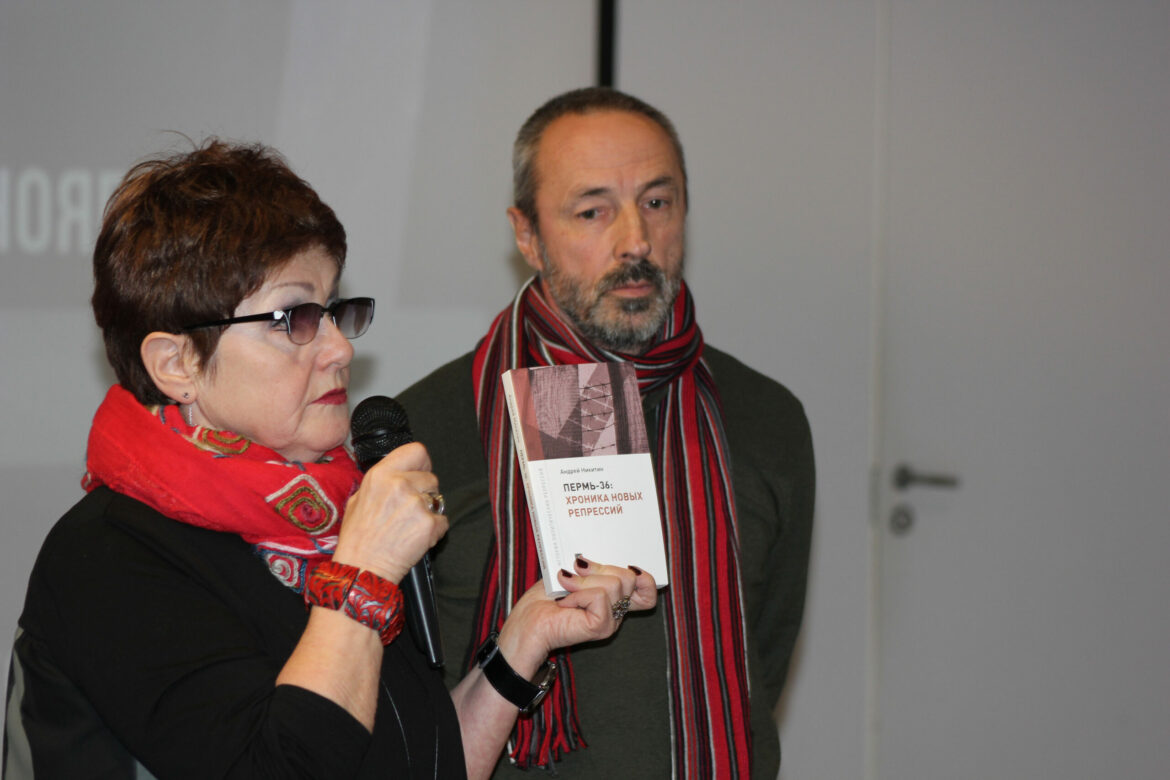Perm political camps functioned for twenty years: from 1972 through 1992.Hundreds of dissidents who were convicted of ‘anti-Soviet agitation and propaganda’, leaders of a broad variety of illegal political alliances, groups and even parties, from liberal and nationalistic to Fascist-style and Communist ones which, nevertheless, opposed the Communist Party of USSR; leaders and members of religious denominations and movements which were not recognized by Russian Orthodox Church; ‘lone-rangers’ who did not accept the official Communist ideology and practice, wrote protest letters, pamphlets and slogans were imprisoned there.
These camps also accommodated citizens of the territories USSR had annexed in the beginning of World War II, first of all, West Ukraine and Lithuania, who had been convicted of struggle for independence. They had been sentenced on the grounds of high treason and, often, also of membership in anti-Soviet organizations.
Those who had tried to flee USSR and even did so successfully but either been returned by authorities of countries they had come to or returned voluntarily for some reasons were also convicted of high treason. of the ‘traitors’ were convicted of collaborationism during World War II.
All of them, from dissidents to collaborators, were regarded as ‘especially dangerous prisoners of state’.
The ‘Perm Political Camps’ handbook, Part 1 is dedicated to population of Perm political camps. It also includes essays on history of political crimes in Russian laws and penitentiary practice.
Library
In early 2010s, the Russian Federation entered a new stage of its internal policy which aimed to destroy the opposition movements and the barely emerging civil society. Perm-36 Memorial Museum of History of Political Repression which was founded by Perm-36 Memorial Center of History of Political Repression Autonomous Non-for-Profit Organization in a namesake political camp it had restored became one of its first large-scale victims.
The decision to destroy it was made in 2012 at the highest level, in the RF President’s Executive Office and caused the civil society’s active resistance which was supported by liberal governmental officials who were engaged in human rights advocacy. The resistance continued for two years during which many negotiations and meetings were held at various levels, including the offices of the First Deputy Head of the RF President’s Executive Office and of the Russiaт Federation President’s Plenipotentiary in Volga Federal District.
The outcome of this struggle was predictable: in 2014, the buildings and structures of the former Perm-36 political camp which the Memorial Center had restored were handed over to a public institution which also took over all of the Memorial Center’s property in the museum, including the archives, museum collections, exhibits and exhibitions.
Andrey Nikitin, a journalist, the spokesman of Perm-36 Memorial Center dedicated his investigation, ‘Perm-36: The Annals of New Repression’ to the museum destruction process.


